Course Information
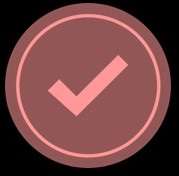
36 lessons
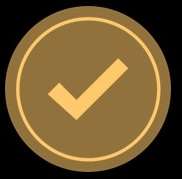
6 hours of video content
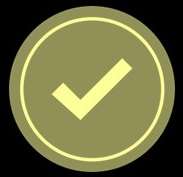
3 case studies
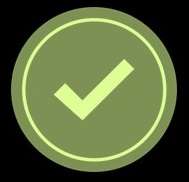
3 challenges with potential solutions

3 chapter quizzes with a final exam
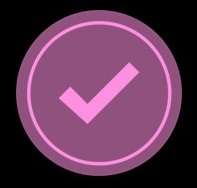
Cost $100.00
I remember the first time I really thought about applications basics. I’d been using applications throughout the 1980s and 1990s, so you’d think I’d know the basics! But it was 2004, and one of my favorite bosses of all time – who is an electrical engineer by training – started talking to me about a database “application” we were going to build.
In my experience with applications basics, I had not really thought of a database as an “application”. Actually, it’s technically not – the “data” are not the application. The “database management system” – or DBMS – is the application. So if you download a *.txt or a *.csv, and you want to look at it, you need to use an application. You can use Microsoft Excel, but you can also use SAS or R. But you have to use some application as a DBMS or you can’t look at the data.
Application Basics are Necessary for Analyzing Data from Applications
So here’s the pain point. The reason why I had already had a career building databases, and it only hit me about 10 years into it that I was using an application all this time, was because I am formally trained in public health. Like others trained in public health and healthcare, I was not formally trained in the basics of application development!
Thankfully, I learned a lot on-the-job working with that excellent boss. I also took actual database and informatics courses in graduate school so I could increase my knowledge.
I Learned Application Basics so You Don’t Have To!
If you take my online course in “Application Basics”, you’ll get a crash course in everything I didn’t know and ended up learning from taking courses and getting experience. This course is one of the foundational courses in my “Public Health to Data Science Rebrand” online group mentoring program.
Watch my short video below to find out what is in the Applications Basics course, and see it you think it’s a good fit for you.
Here’s what you will learn in the course:

Chapter 1: Introduction
My LinkedIn Learning course on Data Curation Foundations was so popular, I wanted to do more – like “advanced data curation” – but LinkedIn wasn’t interested. This course is one of the courses I would have added to that pathway had LinkedIn Learning been interested. This course explains a lot of the business processes behind why you need data curation.
If you take this course after you take my Data Curation Foundations course on LinkedIn, you will observe that a lot of the slides in the course have diagrams similar to the ones you learn how to make in the data curation course. Only in this course, you will see how these diagrams get used in the process of team communication.
These are the same types of curation images – and this course is perfect for data analysts who want to better understand data curation. It’s just seeing it from a different point of view.
- Data analysts use data curation to better understand the provenance of the data they are analyzing.
- Project managers use data curation to communicate with and control their teams.
This course is about the second function of data curation – what the managers are doing with it.

Chapter 2: What is an Application?
Topics covered: What an application flow is and how to determine it, and different types of applications with different applications flows.
What you learn how to do: Determine and map out a hypothetical application flow.

Chapter 3: How are Applications Designed?
Topics covered: Different approaches to application design and development (traditional, Agile, and Rapid Application Development, or RAD), and how choice of approach impacts final application design and function.
What you learn how to do: If you are asked to select an application development approach for a proposed computer application, after going through this chapter, you will be informed on how to go about making this choice.

Chapter 4: How are Applications Developed?
Topics covered: Roles on application development teams, choices for team configuration, different ways for the team to function, and making optimal management choices for teams.
What you learn how to do: After going through this chapter, you will be able to do a better job of conceiving of how teams might change to improve function. You will be able to consider shifting roles, adding or removing team members, or making other management choices.

Chapter 5: Conclusion
At the end of this course, you will have a way better understanding of all types of applications – banking apps, social media apps, news apps – and you will probably start to think about application flows for all of them!
But to really put your new knowledge into practice, you need to start using it at work. If you are already in a management position – either managing people, or managing data, or managing a project – try making application flow or work flow diagrams in PowerPoint, and see if you can communicate better at work.
If you don’t have a work setting where you can implement these skills right away, I strongly recommend you hone your skills by participating in my one-year, self-paced online data science group mentoring program you can read about here.
Public Health Teams are not Application Development Teams
In public health, we have teams that are not application development teams as described in the course. In public health and healthcare, our teams are extremely hierarchical – so data science teams don’t really fit into the public health team paradigm.
This is why I think so many biostatisticians and other healthcare analytics people are left in the dark, and are confined to the penalty box as “subject matter experts”, or SME’s, so they can’t participate in application development. They don’t know the application basics, so they end up on the public health side of the team rather than the data science side.
Updated June 10, 2023. Added chapter descriptions June 18, 2023. Added workshop banner July 21, 2023. Added courses slider September 29, 2023. Added second banner October 15, 2023. Added course information and revised banners May 8, 2024.
Try all of our courses and learning programs!
Applications basics are now essential knowledge if you want to do data science in healthcare. Get a crash course in applications basics!
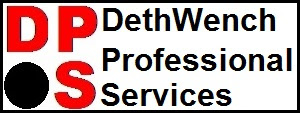
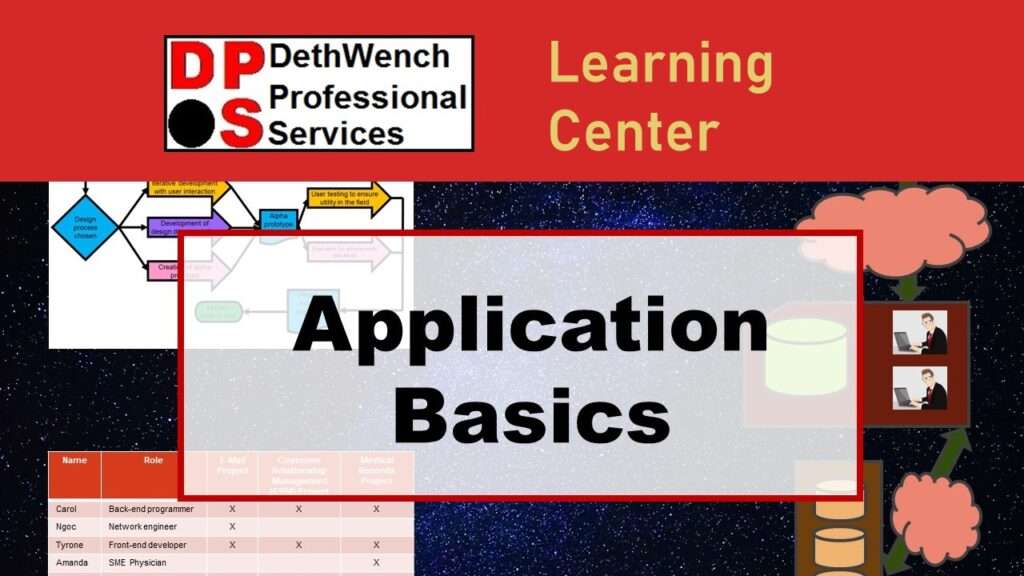




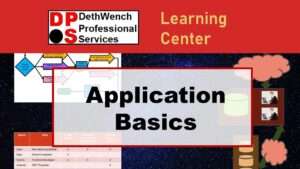
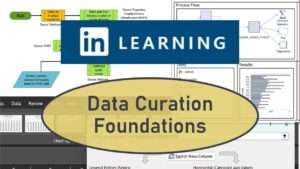
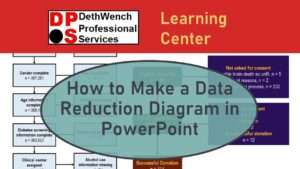
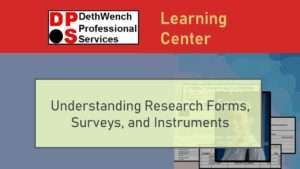
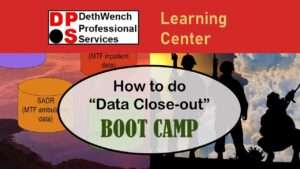
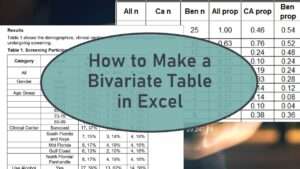
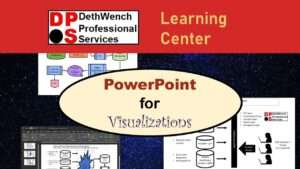


I want want WANT to learn data, but I’m scared, scared SCARED. but…. maybe I can face down my fears
Don’t feel scared, Mike. Most people in this field – “data science” – feel imposter syndrome. It is a HUGE field and no one knows all of it. Come to my workshop! You will not feel lost. You will feel smarter when you are done, I promise!
Thankyou for your encouragement and talk/texting today Monica!!! I really appreciate it.
Sincerely,
Michael Ellis